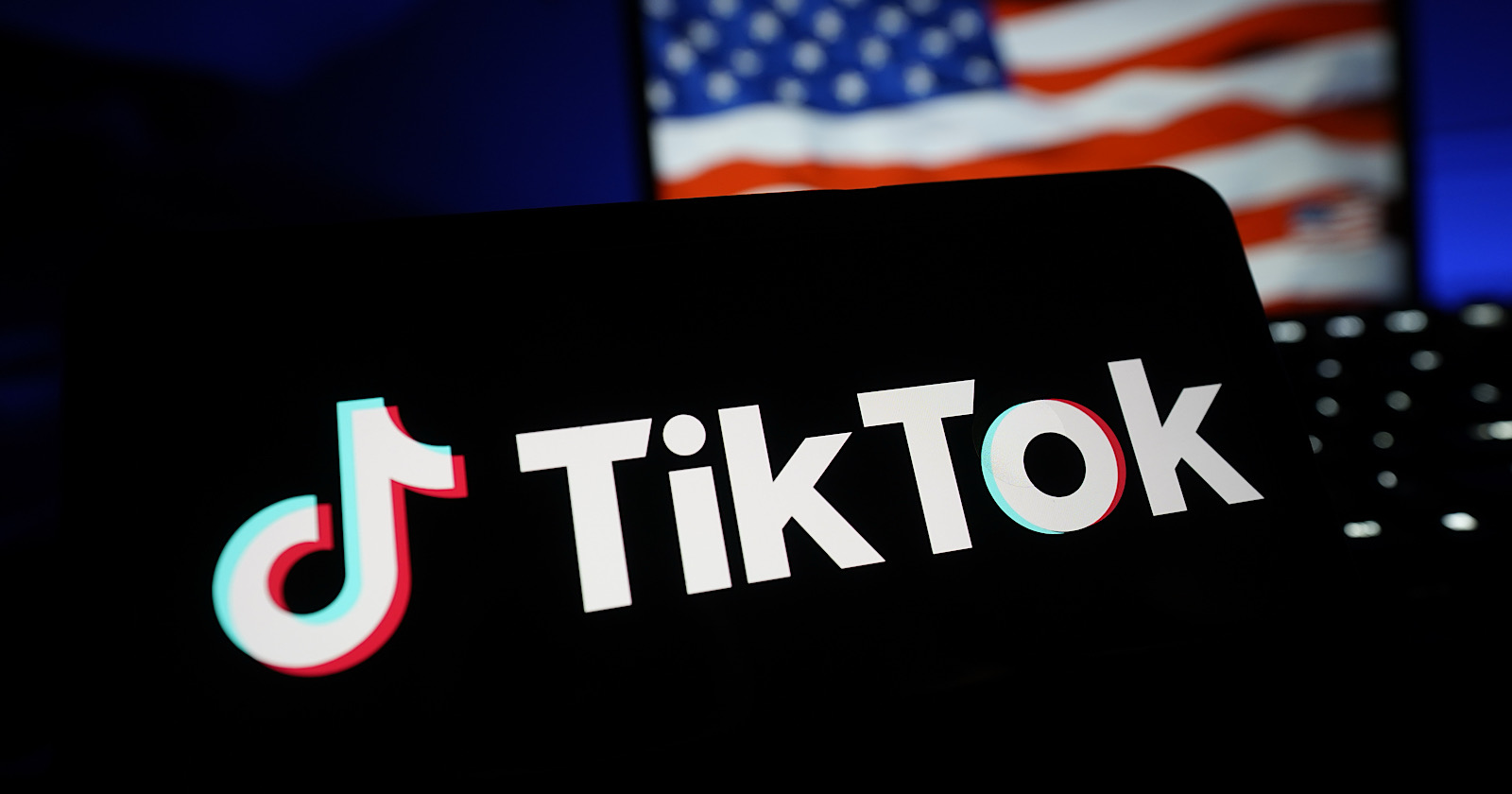B2B Brand: Why It Matters More Than You Think
A clear look at what makes a brand: purpose, perception, trust, value, and the role each plays in building long-term business equity and loyalty. The post B2B Brand: Why It Matters More Than You Think appeared first on Search...

This excerpt is from B2B Marketing Fundamentals by Kate Mackie ©️2025 and is reproduced and adapted with permission from Kogan Page Ltd.
Building a consistent brand is increasingly important in B2B.
With so few buyers in the market at any one time, plus a growing number of people in the buying group, you need to build memorable brand signals that can be a shortcut in your buyer’s memory to what it is that makes you distinct.
This individual brand story will then be associated in their minds with your branded assets, freeing up space in communications for you to share deeper messages, e.g., specific product and service details.
It all starts with defining your brand story. What is it that makes you distinct?
This then needs to carry through all marketing communications, bringing your brand to life.
Purpose
The purpose of a company is its reason for being: What it is that it does every day and what it aims to do across all stakeholder groups it serves.
It should be a statement that resonates with all employees and is the focus of how you deliver your products and services. It is a key part of the culture of the business and needs to be reflected in your brand, marketing, and communications.
It is also at the core of how you drive relevancy to the communities you operate within.
A business or brand purpose that resonates with your employees can be built into their own personal purpose. This alignment gives an even greater sense of belonging to those that work for the business.
There is a traditional Japanese concept, thought to have been first coined in the 7th century, called Ikigai, that is a framework used to enable individuals to find and build a sense of purpose.
It can also be translated to businesses, firms, and organizations, helping you fathom your north star.
Working this through will enable you to think about what it is that drives you and your audiences, aligns to your profession, and makes you money.
The overlap between passion, mission, profession, and vocation is where you need to focus as you develop your own unique purpose that gets to the heart of your own unique value proposition.
Brand Positioning
The positioning of your brand in the minds of your audience should reflect how your brand sits alongside your competitors, how and what it delivers for your customer alongside how it operates as a company.
It should be built on what your customers know about you, your products and services, and what they feel when they use or consume them.
An understanding of your position against your competitors is key. Looking at the variables relevant to your company, you can plot your position against your competitors by using an established 2×2 block model.
Plotting out variables that are relevant to your business will help you understand the competition and how they position themselves.
Variables might include price plotted against quality as a starting point – this will help you see the perception of you against your competitors as either low or high quality against low or high price.
You will be able to see if there are any gaps in the market you might be able to own – either through an extension of your product or service portfolio – or the development of new offerings for the market.
You need to ensure that your positioning is true to what you actually deliver as a company. Overclaiming or overpromising will only end up with a mismatched customer experience, which can undermine any trust you might have built.
Brand Promise
The brand promise is key to developing the value proposition. It is the promise to the buyer or customer that is realized when they purchase your products or services.
It is your distinctive differentiator that details your brand position in terms that are relevant to the market, specifically your target audience, and is a key step in developing your messaging and narrative.
Brand Versus Marketing Campaign Messaging
The messaging you create should be aligned to all elements of your brand and able to be used across brand marketing, but it should also be able to be applied to products or services and used as part of campaign assets. These written assets should include credible reasons to believe your claims and your position.
“Reasons to believe” can be a combination of case studies, use cases, data-led intelligence, and other proof points that add credence to the position you are taking in the market.
These insights should be built into your campaigns to back up the execution of the value proposition and should be fundamental to the content used to drive further consideration and purchase of your products and services.
Your brand, product, and campaign messaging should nest like Russian dolls and all align with each other, building throughout to a clear understanding of what each element means to the audience.
The brand messaging should be built for the long term and have durability, whereas your products and services will change more quickly with client and customer feedback.
The messaging and assets for your products and services should therefore be reviewed annually, adding in any new features, benefits, or additional proof points.
Campaign messaging is driven by the current macro context and will likely be themed around short-term delivery targets, so should be reviewed more regularly.
This gives you a useful review time frame that should be built into your impact studies with an ongoing understanding of performance against the targets set for the brand, product, or individual campaign metrics.
Bringing Your Messaging To Life
Communication across your full portfolio needs to be built around the brand promise, which hits at the heart of your business and is aligned to your purpose.
This will give you the best springboard for delivering authentic, creative executions that resonate with your audiences.
As marketers, we need to tell the story, weaving the proof points and case studies into a narrative that drives a desire to buy the products and services, even if the buyers are not in the market now.
This ensures that you continue to build and drive a connected memory for when the buyers are ready to buy and at the category entry point.
Storytelling is recognized as an important facet of the creative skillset – using stories and allegories to engage audiences, build connection, inspire different types of memory, and build links from how you feel to an association with your brand.
Storytelling
Stories resonate so well that a huge proportion of advertising – in both B2C and B2B – follows the pathway of the “three act structure“.
This is a structure used by playwrights and is often attributed to Aristotle but made popular by Syd Field in his 1979 book Screenplay: The Foundations of Screenwriting.1
Think through any adverts you can remember, as it is an often-used concept from B2C, e.g., chewing gum …to much more complex B2B sales.
There are more similarities between B2C and B2B than we acknowledge. Storytelling crosses over and is common to the needs of all audiences.
Brands are as powerful, if not more so, in B2B as your audience is making what often feels like a bigger decision.
If you buy the wrong B2C product, you aren’t putting your livelihood on the line when you make your buying decision.
That is why a strong B2B brand will win every time, as it takes an incredibly confident buyer to look outside the most well-known providers, whose reputations have been built on years of delivery and execution in their specialist fields.
To read the full book, SEJ readers have an exclusive 25% discount code and free shipping to the U.S. and UK. Use promo code SEJ25 at koganpage.com here.
1Field, S (1979, Revised Edition 2005) Screenplay: The foundations of screen-writing, Random House Publishing Group, US
More Resources:
B2B Buyer Behavior Has Changed: Proven Strategies For Sustainable Relationships Why Meaning Matters Most In Branding (And How To Build It) The Triple-P Framework: AI & Search Brand Presence, Perception & PerformanceFeatured Image: PureSolution/Shutterstock

 Konoly
Konoly 





























